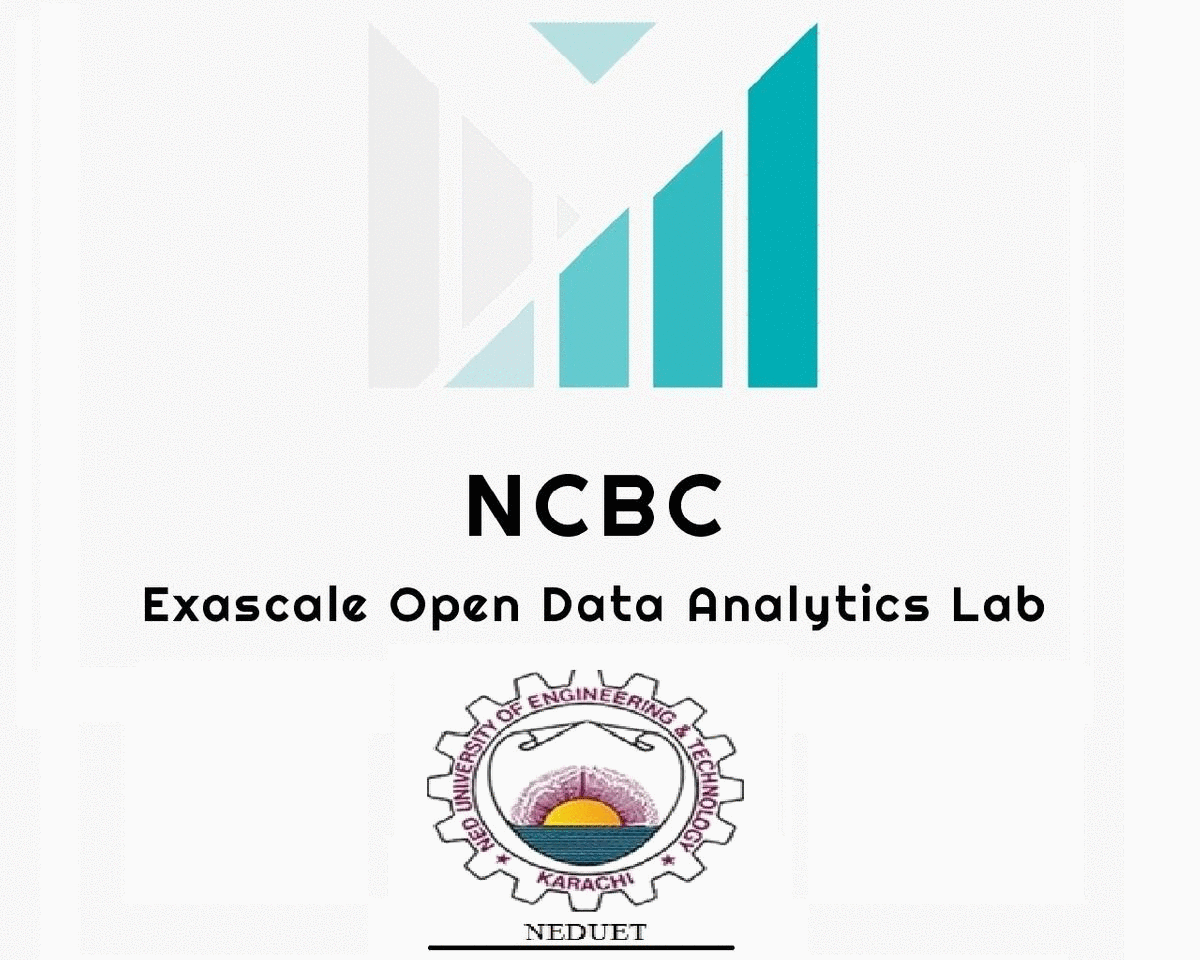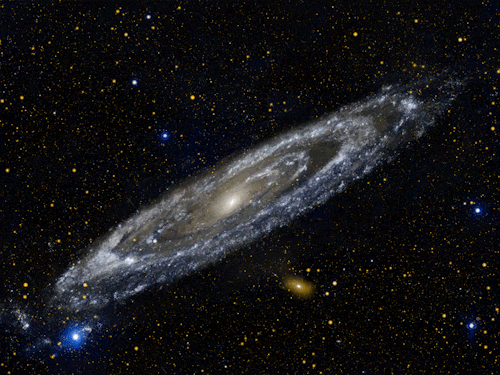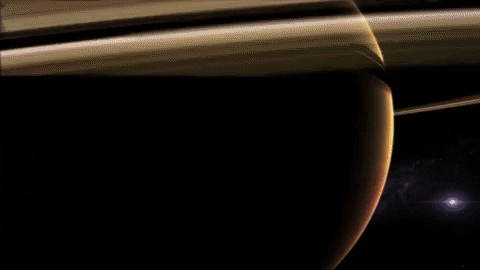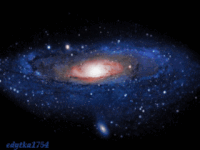

INTELLIGENT CELESTIAL OBJECT DETECTION USING ADVANCE MACHINE LEARNING ALGORITHMOur universe contains an amazing array of celestial objects, sometimes referred to as celestial bodies or astronomical objects. There are colorful nebulae, delicate star clusters, and massive galaxies.Pulsars and quasars add to the mystery, while blackholes swallow up every bit of matter that comes too close. The primary goal is the identification of celestial object using an Machine Learning Algorithms. In this project the system will be using an algorithm to identify the shape of the celestial object present in the image. The algorithm will supplementary spot any merger and odd features in the identified shape. This will help in the identification of the celestial object that will further support in understanding its behavior. The algorithm will also be implemented in GPGPU to achieve high computation and data throughput |
 |
INTELLIGENT CONSTELLATION DETECTION SYSTEM USING AIA Constellation is a group of stars that forms an imaginary line or pattern. There are almost 88 constellations identified over the year. only 10 - 12 are visible from Earth. Over the years, many methods have been introduced to identify constellations, for example. Star charts have helped travelers to find the direction in which they are going using the constellation patterns in the sky. But remembering the stars and the patterns can become somewhat difficult. The objective of this research is to use pattern recognition to detect the constellations present in the deep sky image. In this project, the images will be processed to filter out and remove noise, and then the pattern recognition algorithm will be applied on the image to detect the constellations present. Then the output will be provided to the user on the images with detected constellations' pattern plotted. |
 |
ANALYZING TIME SERIES DATAStudy Astronomical Time Series Analysis for Gapped or irregular data, Diurnal & monthly cycles, satellite orbital cycles , Signal-to-noise ratio ,Individual (photon) events in X/-ray astronomy |
 |
CLASSIFICATION OF CELESTIAL OBJECTS (GALAXIES , AGN's , TRANSIENT EVENTS)Galaxy morphological classification is a system used by astronomers to divide galaxies. Latest state of the art machine learning algorithms are used to classify Galaxies |
 |
TO STUDY THE BEHAVIOR OF CELESTIAL OBJECTModel and analyze of celestial object. Astronomers are unable to observe a system entirely from birth to death; the lifetime of worlds, stars, and galaxies span millions to billions of years. |
 |
3-D SIMULATED MODEL OF OBSERVABLE UNIVERSEThere are at least 2 trillion galaxies in the observable universe. Assuming the Universe is isotropic, the distance to the edge of the observable universe is roughly the same in every direction. That is, the observable universe has a spherical volume (a ball) centered on the observe |
 |









